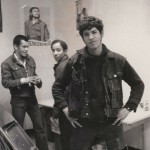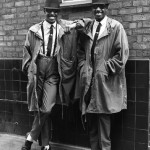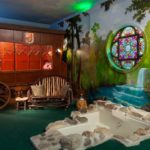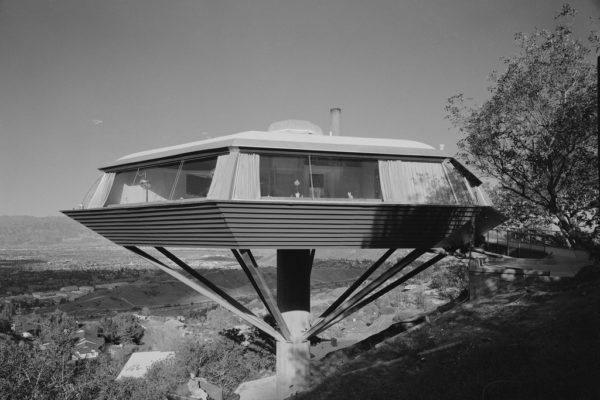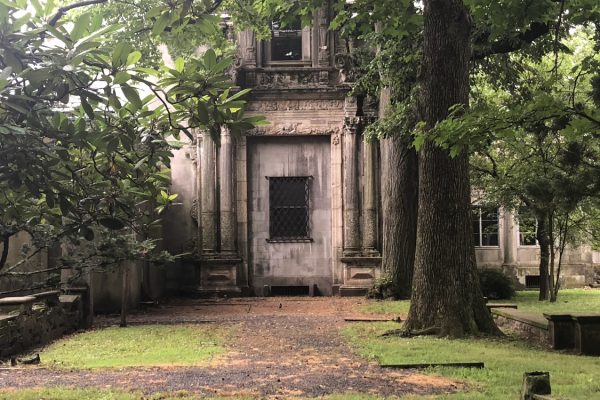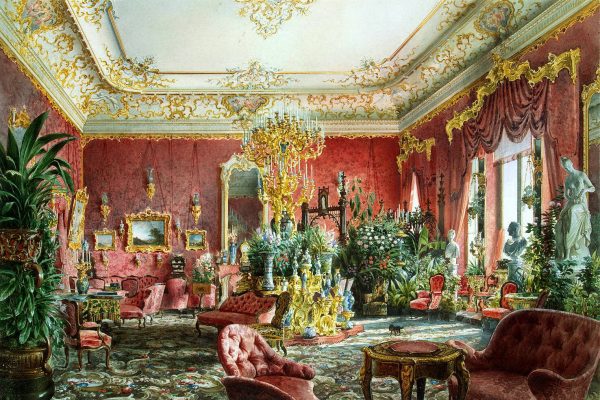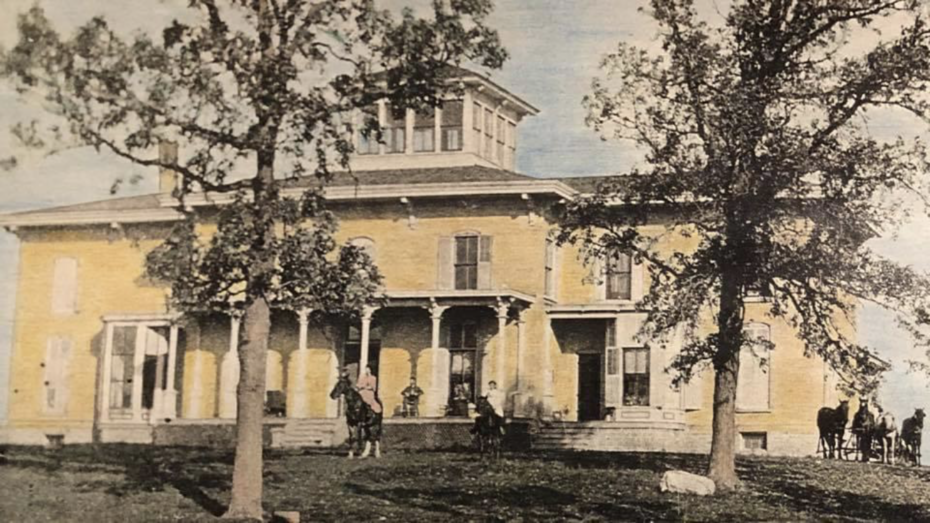
Just outside a small, rural Wisconsin farm town, lay the ruins of a grand mansion. In stark contrast to the flat, surrounding fields and scattered barns, was the peculiar sight of a once opulent home that wouldn’t have looked out of place on Manhattan’s Fifth Avenue during the Gilded Age. For years, mystery surrounded the empty ruin, with local legends spoken of secret stairways and underground tunnels; some suggesting the decaying manse had been used during Prohibition as a hideout for Al Capone. But the real mystery of the crumbling mansion was even more remarkable. For the house was built in two halves, each side a perfect mirror of the other, inside and out. Enter through the front door and you’d discover two kitchens, four parlour rooms, two dining rooms, and nearly a dozen bedrooms, each half designed and decorated as an exact copy of the other.
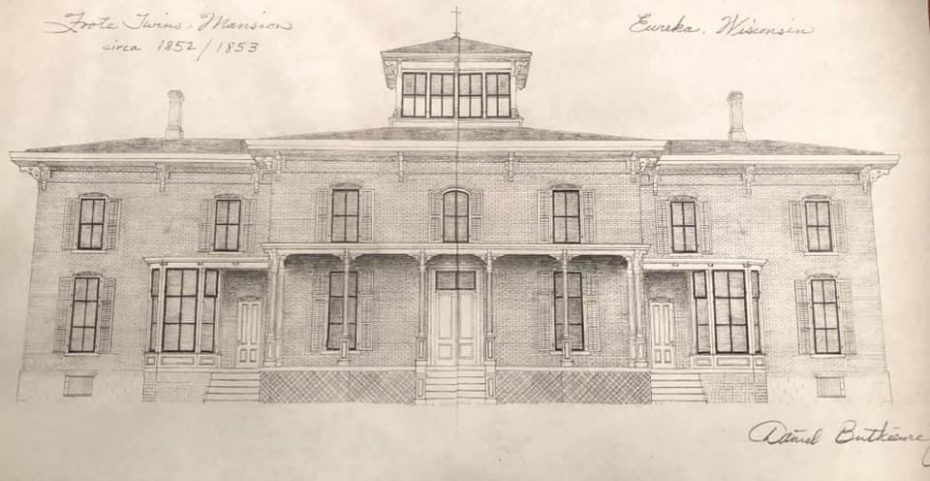
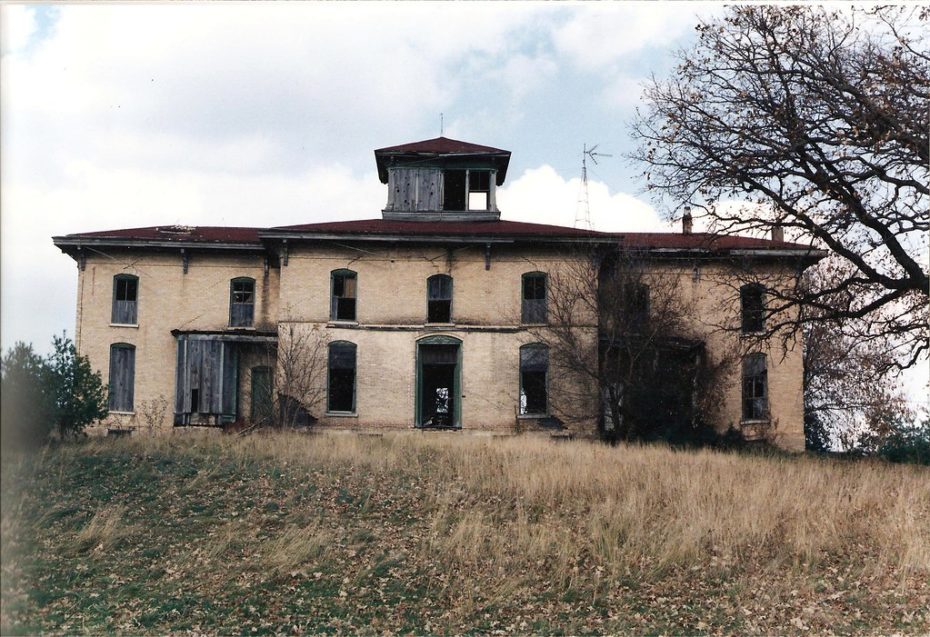
Built in 1852, virtually in the middle of nowhere, this mansion was an oddity in its own right – and that was before you even saw who lived there. The unusual Victorian mirrored home was built by identical twin brothers, Argalus and Augustus Foote, who were so inseparable in life, they even married women with matching initials in a double wedding, Augustus to Ann, and Argalus to Adelia. The Foote twins set about building a dream home where each family would live parallel lives in their own half of the mansion. But tragedy would soon descend upon the house, leaving it to fall into ruin. This is the story of the mysterious Foote mansion.
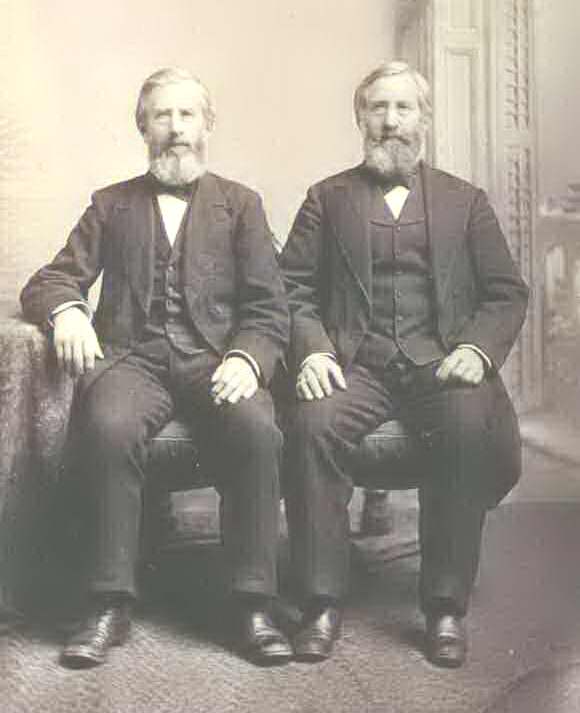
Today, Eureka, Wisconsin is home to just over two hundred people, three bars and a church. When Augustus Ira Foote and Argalus Isaac Foote left Massachusetts in the early 1850s to set up a new home there, the town wasn’t much smaller. Wisconsin itself had only been a state for several years, and was mostly wilderness. But Eureka looked to be a promising sawmill town, where steamboats could carry lumber down the Fox River to the nearby, prospering city of Oshkosh.

The few homes already in Eureka were modest affairs, with many settlers living in simple log cabins. But the Footes decided to build something far grander: an enormous Italianate mansion painted in cream and green. It had twelve foot ceilings and nine foot windows, and was topped with a glass cupola, from where the twin brothers could survey their ever increasing farmland.
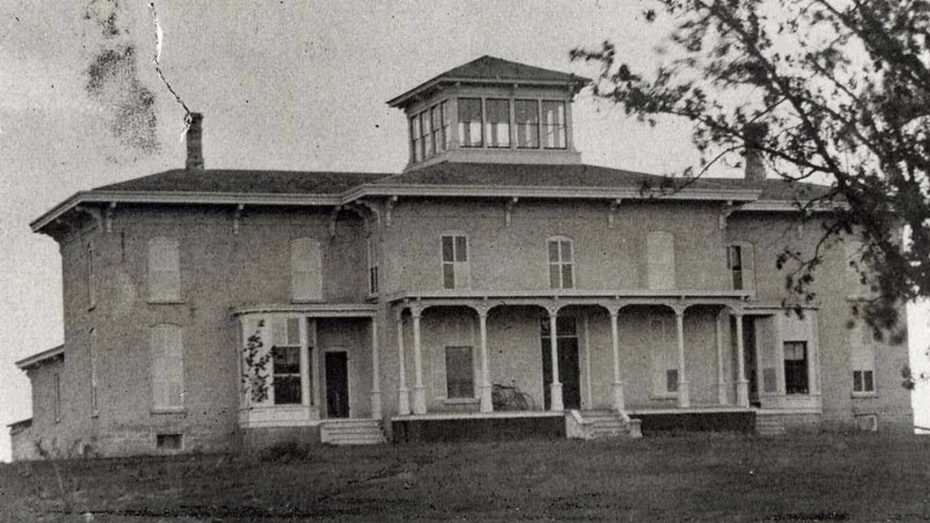
One wonders what the neighbouring farmers made of the grand home. No doubt eyebrows were raised by the Foote brothers themselves: the one surviving photograph we have, shows them to be the sort of identical twins who liked to dress alike, from their formal Victorian suits, to the length they trimmed their beards. By 1852, the Foote Mansion was completed, and the four ‘AFs’ moved into their idyllic mansion with its mirrored floor plan.
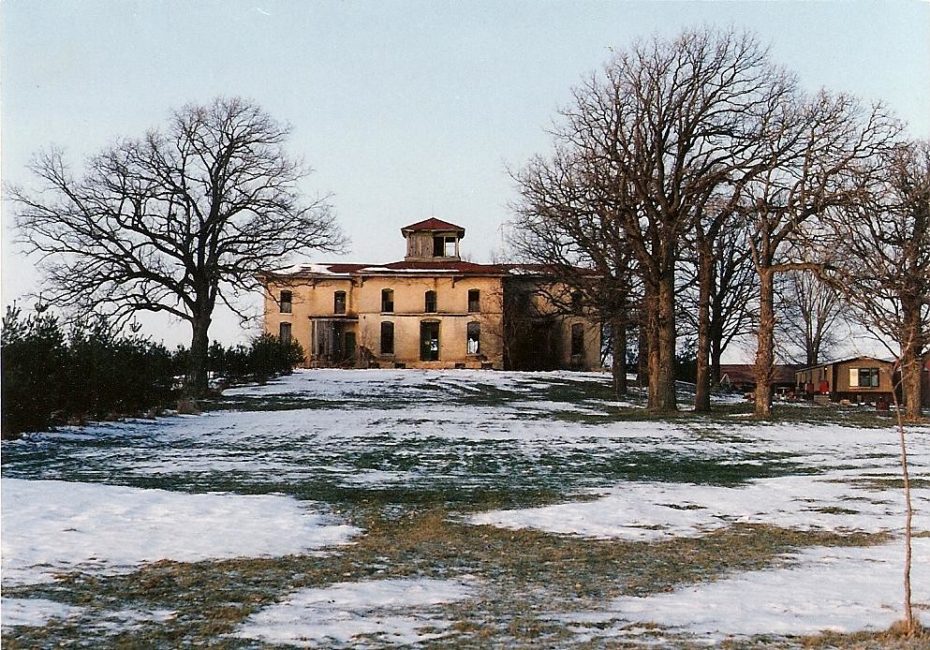
“Residents here love to talk about the unusual arrangement with the Foote brothers, their marriages, their mansion and why it all took place in the tiny hamlet of Eureka,” explains local historian and writer Randy Domer. “In life, the twins were inseparable. They shared their income, their home and their business ventures.” At first, the Foote brothers thrived in Eureka. They continued to buy acreage around their grand 6,500 square foot mansion until they had the largest farm in Eureka. “There was no notion that Eureka would never develop into a thriving city over time,” explains Domer. By 1855, Argalus and Adelia Foote had three sons, with Augustus and Ann expecting their first at Christmas. But on December 19th, Ann died in childbirth, with their newborn daughter following a few months later. “It was said that Augustus was inconsolable and understandably racked with grief,” explains Domer. “Augustus spoke of leaving the mansion, the thought of being surrounded with his dream would be a constant reminder of his tragic loss. Something he felt he could not bear.” The Foote brothers would live on in their unusual house for several more years until they moved to Oshkosh, opening a flour mill, the Foote Brothers Milling Company. The business struggled however, and the Footes lost most of their money. The old mansion would pass through a series of owners, but gradually fell into neglect and disrepair, until it was boarded up and left to fall apart, becoming known locally as ‘Foote’s Folly’. Photographs from the 1940s already show missing windows and decay setting in.
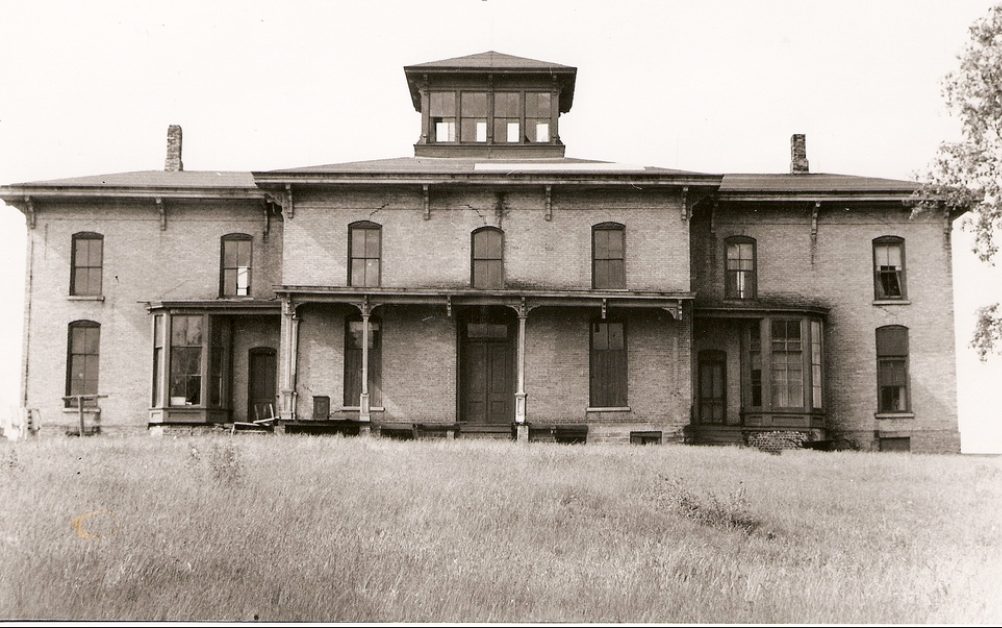
The Foote Mansion might be forgotten altogether were it not for the work of one man, who has worked tirelessly to save the house, raising awareness through lectures, gathering what few archival photographs exist, drawing up detailed architectural plans of the unusual layout, and writing about the house.
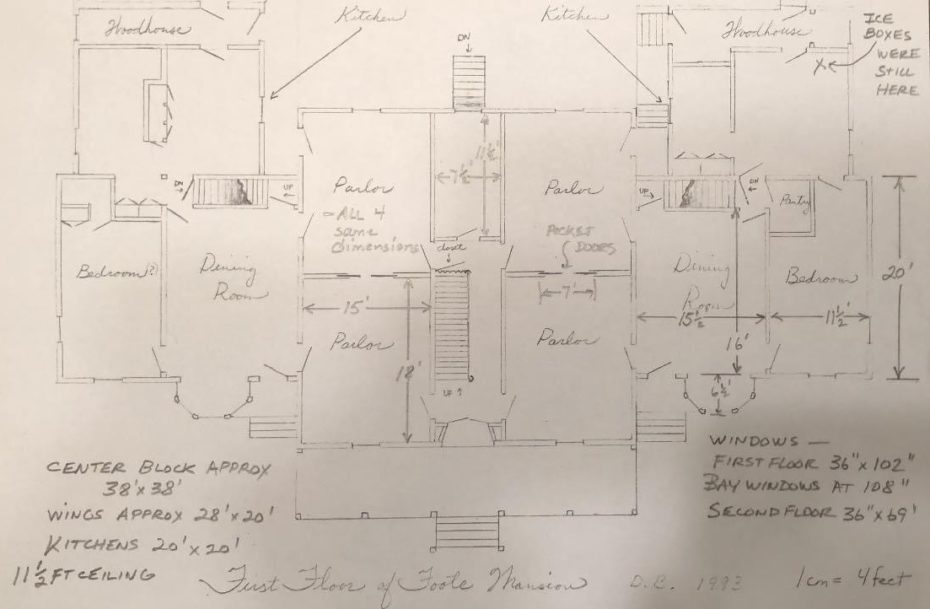
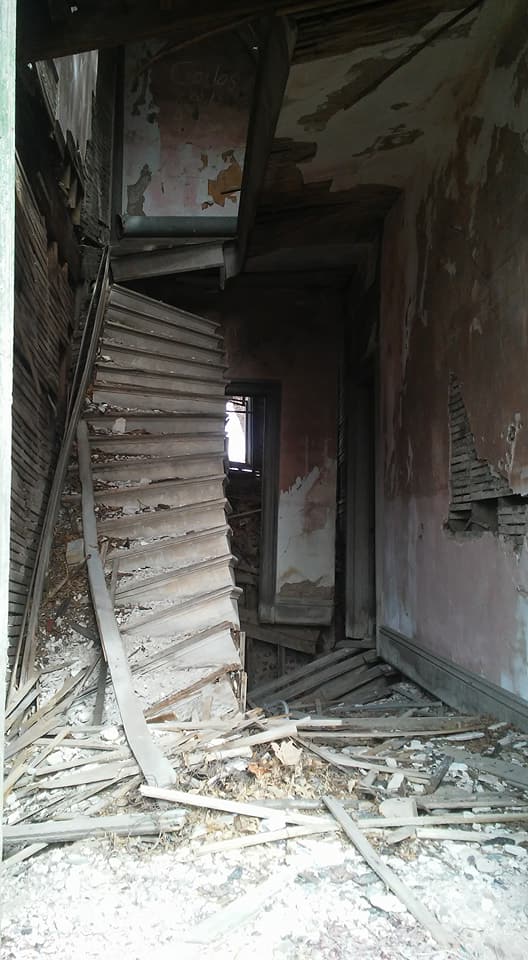
“I grew up a short mile from the Foote home in Eureka. A walk through the woods, a field, and it was already in view,” explains local historian and writer Dan Butkiewicz. “When I started kindergarten, I became friends with a boy whose grandparents still lived in a corner of it. That was in 1975.” Over the years Butkiewicz would often visit the mysterious house, taking photographs, venturing inside, and working on the detailed blueprints. “Stories of gangsters and secret stairways and tunnels were told to me one night as my friend and I sat in the car and looked at it. It seemed quite unbelievable, honestly. Yet, it led me to the local library where they brought out a collection on it, full of old newspaper clippings. I read the story of the brothers and their shattered dream house with associated pictures and for a while, I could get enough of it.”
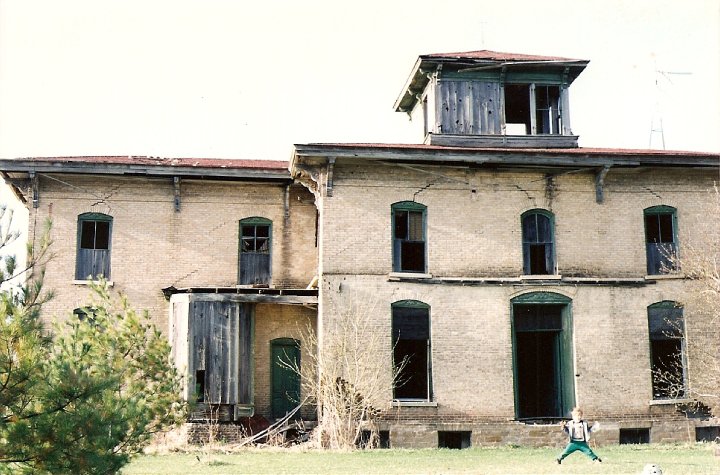
But as the years passed, the condition of the house worsened. “The details of the falling wallpaper, the mouldings, the sheer scale of the rooms,” continued Butkiewicz, “ [back in 1991] three-fourths of the house was like an old antique. It was all there, in a sagging and crumbling sort of way. Remains of chandeliers hung from plaster ceiling medallions in all four parlours……[but] looking past the damage and miscellaneous trash, it was saveable. The roof was starting to fall then, and water was starting to come in, and I, a young man with little money, wanted to see if I could change its fate.”
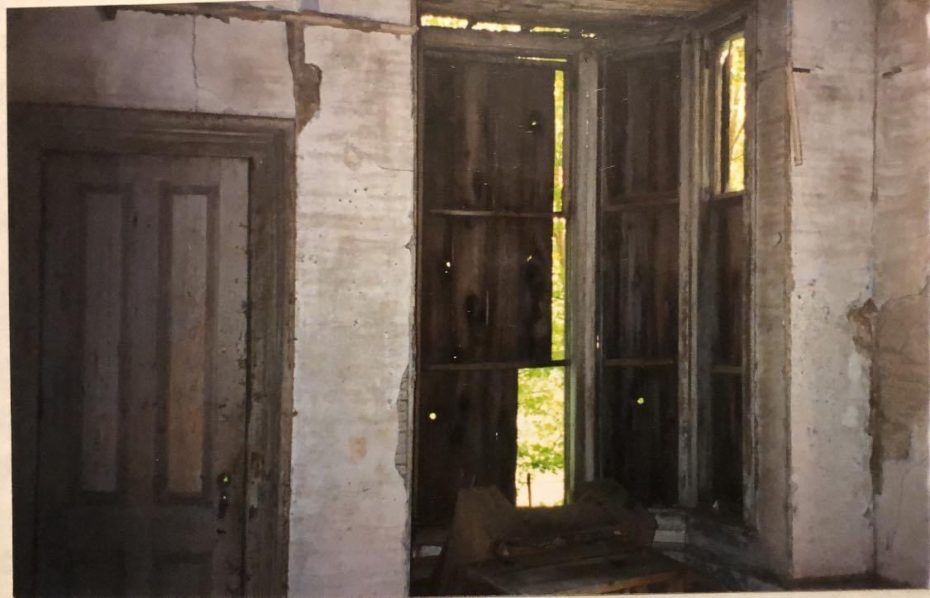
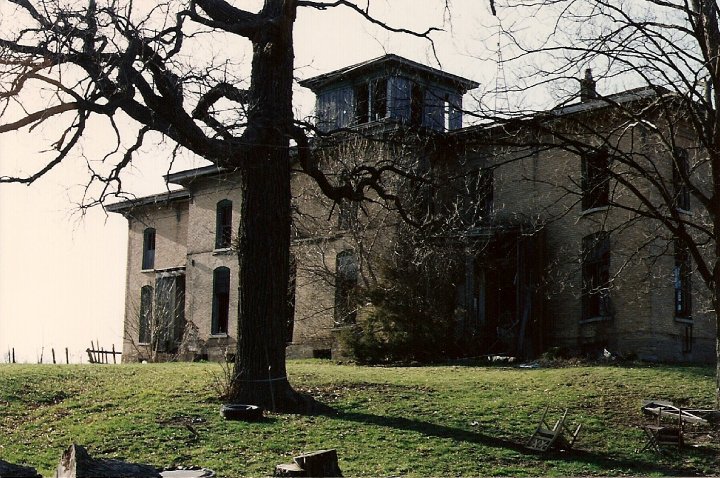
At that point, the Foote Mansion and farmland was owned by descendants of a Mr. Bohn, who bought the property in 1934 for $6,000 on back taxes. “Just like many others,” explains Butkiewicz, “I went to talk to the owners only to hear the same thing, ‘it is a working farm, we don’t want to be bothered by it. Take your pictures before she falls in.’”
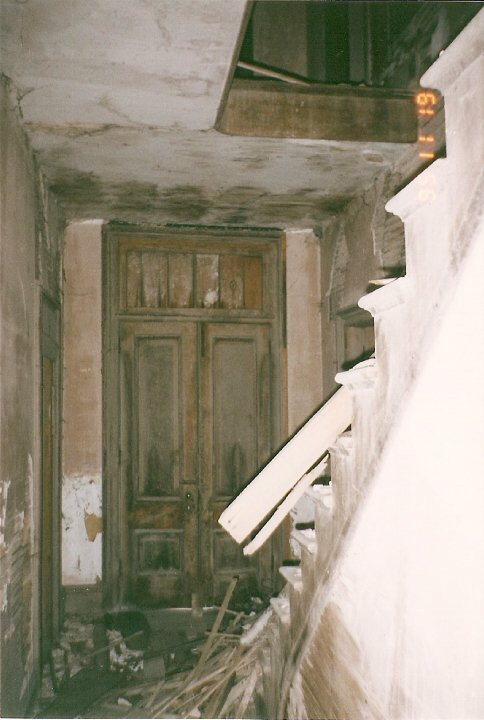
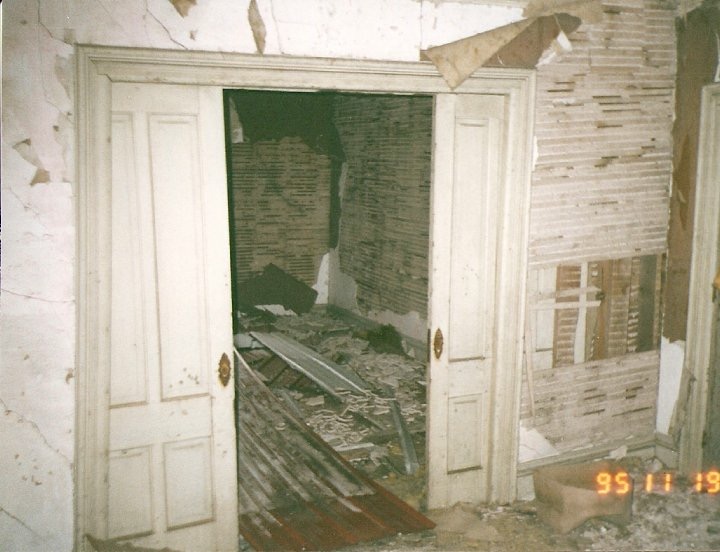
Butkiewicz hatched plans to save the house, from having it listed on the National Register of Places, to renovating it as a bed & breakfast, only to be rebuffed by the current owners. He heard sad tales of farmhands stripping out the luxurious furniture and the ornate wooden bannisters to use for fire kindling, and using the many bedrooms as chicken coops and rabbit warrens. The unusual story of the twin brothers would inspire Butkiewicz to write a novel set in the odd mansion called “Echoes from the Past,” where he describes “outside the sleepy village of Eureka, WI, lies a place of intrigue, or mystery. A place which time has forgotten for its days of splendour have long since passed. Although the huge, old house is nothing more than a ghostly shell, it is riddled with rumours of a colourful past. “
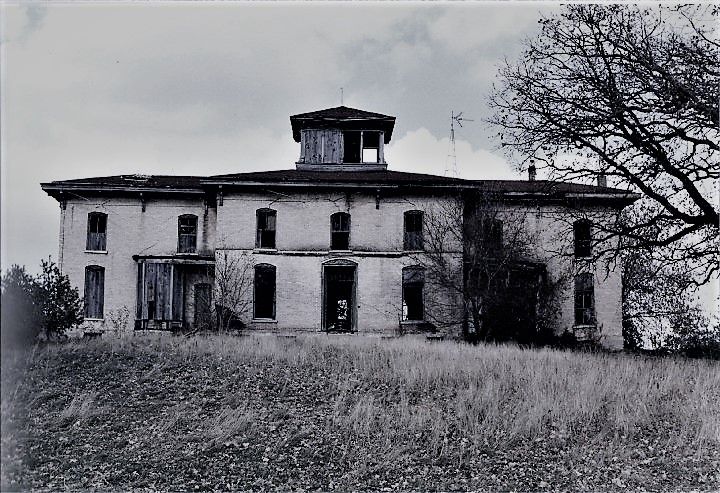
Eventually the Foote Mansion became increasingly obscured by trees and undergrowth. Set back from the road, the odd Victorian house lay forgotten, enveloped in an eerie forlorn atmosphere which mirrored the sad history which unfolded inside. Even as early as the mid 1930s, haunted Halloween tours were being given inside ‘Foote’s Folly’. “One day, I chatted with someone who used to live in the farmhand’s trailer on the property,” retells Butkiewicz, “she told me that she liked to go in there in the night, pull up a chair and listen to the noises in the house, such as footsteps on the second floor. And she said she ‘welcomed them.’ My wife and I were in there in 2010 and we heard things upstairs as well.”

There used to be remnants of a moonshine still outside of the house, fuelling local rumours of midnight visits by Al Capone during Prohibition. “It is true that mob members like Capone and Dillinger were truly spotted occasionally passing through this area,” explains Randy Domer, “en route to the northern woodlands to hide out until things ‘cooled off’. But I feel like they are nothing more than local lore.” There is however a secret tunnel underneath the peculiar house. “Sure there is a tunnel there and I know where it lies,” says Butkiewicz. “An old woman in one of my presentations stated the she used to ride her bicycle through it when she was little.”
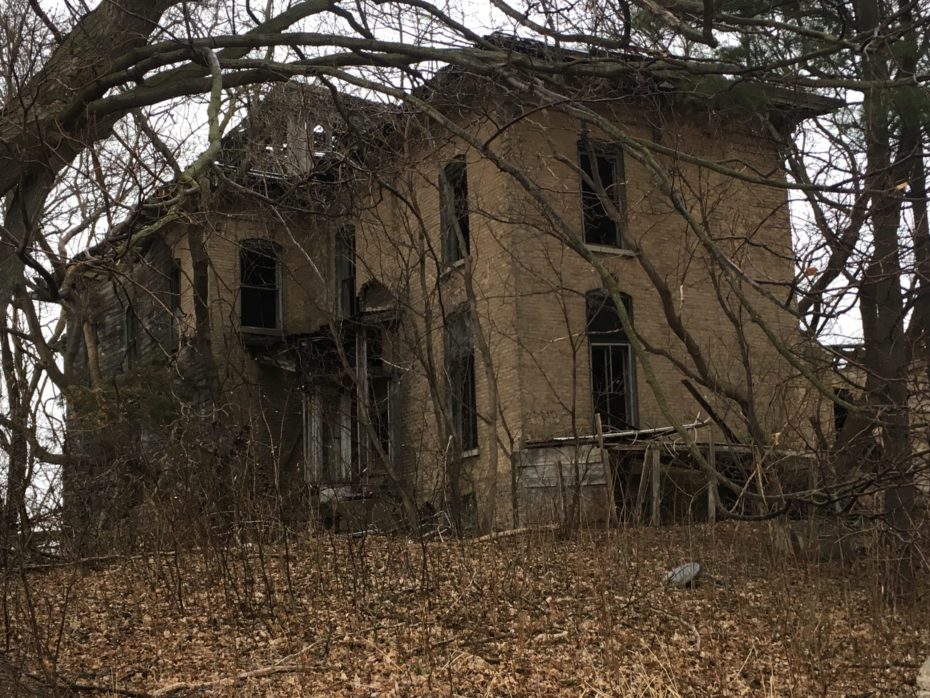
Eventually years of neglect finally took their toll on the mansion. “The owners had no interest in it,” explains Butkiewicz. “After the roof started failing some thirty years ago, it took on a lot of water for a long time.” The roof collapsed during a recent harsh Wisconsin winter, crashing into the basement, taking the huge cupola with it. Exposed to the elements, the once beautiful home was raised to the ground in 2020.
The Foote brothers themselves passed away within a year of each other in 1901 and 1902, the New London Paper reporting that, “It is said before the death of Augustus, the two brothers were the oldest living twins in the United States.” They are buried in Eureka’s tiny cemetery, next to their wives with the matching initials. “As they were in life, the twin brothers now lie together for eternity in Section 3, Row 7,” explains Domer, “a short mile from the crumbling ruins.”
For every grand Victorian mansion that has been saved and restored, many have sadly disappeared, but perhaps none were as peculiar as the one built by identical twins. “To sum up the brothers’ lives, I will give you direct wording from Augustus’ obituary,” tells Butkiewicz. “I have a good idea that his brother, Argalus, helped to write it.”
“The life of the two is a most singular one. Both were processed of deep brotherly love, never knew what a quarrel was and practically never were separated for any length of time during life’s journey. Their minds were but one thought it seems and their pleasures and sorrow were shared together. Their pocketbooks were combined. When one had no money the other would divide his possession. All their earthly belongings was the property of one as much as of the other, in fact they lived like an affectionate married couple.”


